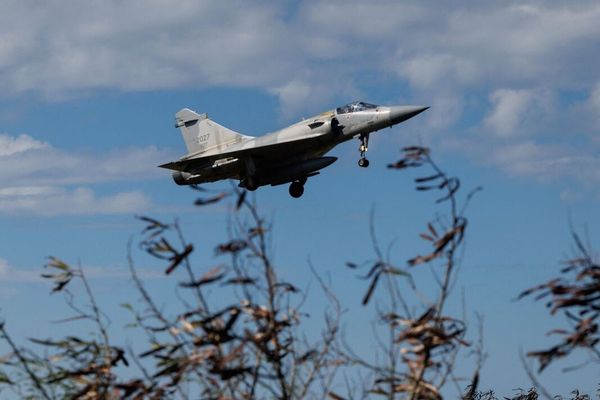
The European sturgeon, Acipenser sturio, is a fish that has been around since the time of the dinosaurs and looks it. Specimens are armour plated and big, up to six metres in length. Once abundant in British waters, sturgeon became extinct as a breeding species in the 1950s but there is now a concerted effort to reintroduce it by “rewilding” rivers.
Hopes are high because sturgeon are increasingly being accidentally caught in nets around British coasts as bycatch by fishers. This shows that and French and German attempts to breed the fish in captivity and release them into rivers is working.
However, sturgeon are slow-growing and take up to 20 years to sexually mature so reintroducing them takes time. They spawn in fresh water like salmon, migrate down rivers to the sea, and live in muddy outer estuaries – dining mostly on worms, small fish and crustaceans – before swimming upriver to spawn when they reach maturity.
Unlike salmon, a percentage of sturgeon do not seek to return to their rivers of birth but try to find new spawning grounds, hence the hope that they will reintroduce themselves to British rivers. However – and this is the difficult bit – the rivers need clean water with no obstructions such as dams, and oxygen-rich gravel beds for spawning.







